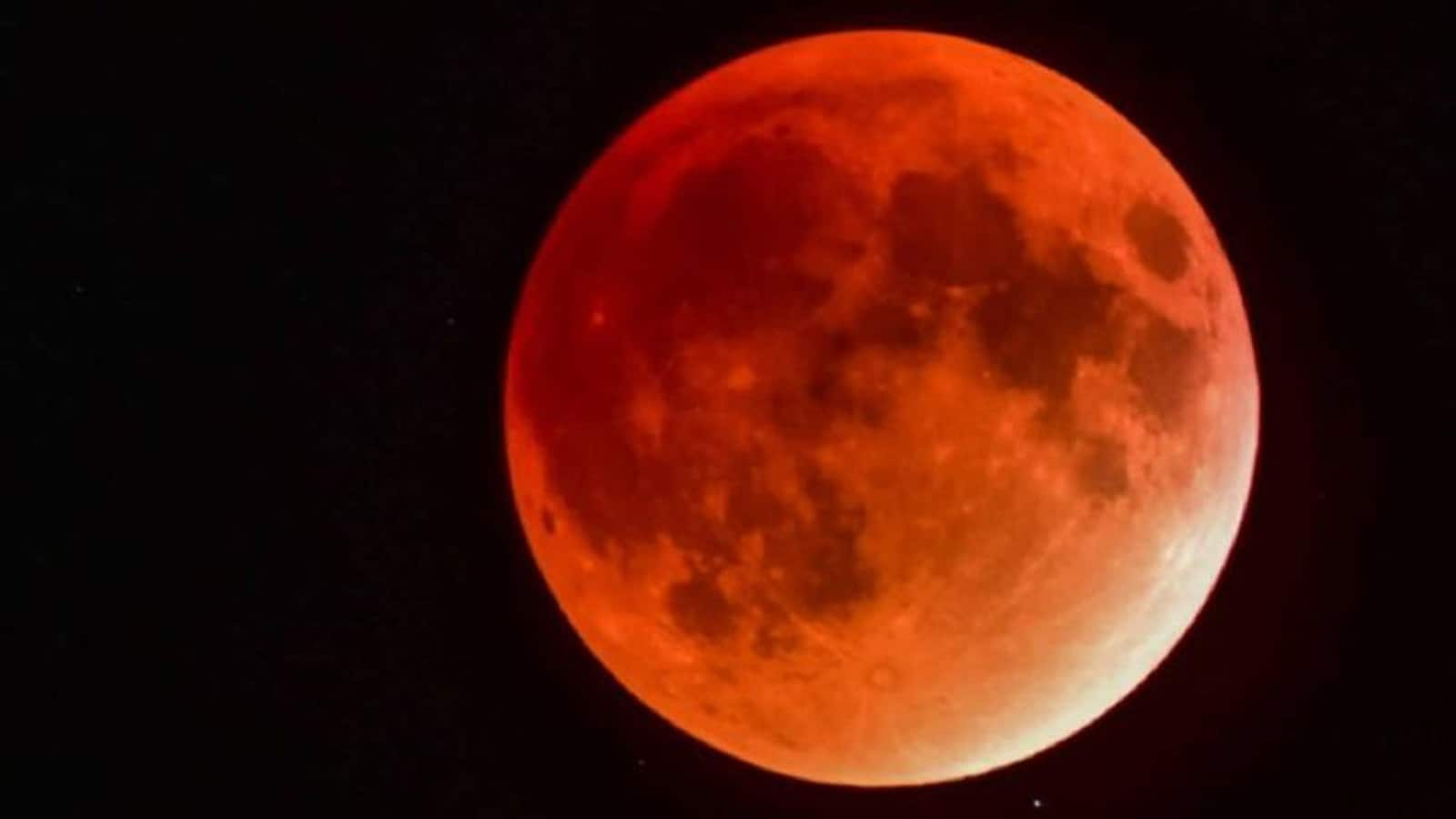
Blood Moon: Nowadays, a novel herbal view goes to be observed within the sky on Sunday. Nowadays, the second one and ultimate lunar eclipse of the yr goes to happen. This uncommon twist of fate will likely be observed as of late on 7 September. This will likely be an entire lunar eclipse that can seem no longer best in India, however in lots of portions of the sector. This night’s view could also be obviously visual in choose spaces of Asia, Western Australia, East Africa and Europe. Right through the overall lunar eclipse, the moon will turn out to be a crimson sparkling ball, which is known as blood moon. This blood moon is thought of as to be the largest astronomical tournament of this yr.
This eclipse will ultimate for roughly 82 mins and is thought of as some of the longest and broadly observed lunar eclipses of new years. Let’s know when and the place you’ll see it in India.
When will ‘blood moon’ be observed in India
The overall lunar eclipse of September 2025 may also be observed for a number of hours. In India, “Blood Moon” i.e. complete lunar eclipse will get started from 11 pm on 7 September and can run until September 8 at 12:22 pm. The eclipse will get started on September 7 at 8:58 pm, the overall segment i.e. the height of blood moon will likely be from 11:00 pm to twelve:22 pm and the eclipse will finish at 1:25 pm on 8 September. The moon will likely be observed in its inner most crimson colour on this complete segment lasting greater than an hour. After the lunar eclipse in March, now the second one complete lunar eclipse of the yr will likely be observed. The particular factor is that it is going to be the longest lunar eclipse since 2022.
Learn how to make ‘blood moon’
The overall lunar eclipse happens when the Earth comes between the Solar and the Moon and its deep coloration falls at the moon. At the moment the moon does no longer glance totally black, however seems to be darkish crimson or copper. It’s because the ambience of the Earth turns daylight. Blue and red colours with small wavelengths are sprayed within the setting, whilst lengthy wavelengths (internet duration) crimson and orange colours achieve the moon. This procedure is known as Rayele scattering. When the daylight passes throughout the setting, the atmospheric debris unfold the small colours and best achieve the sunshine with redness. Because of this, the moon seems with crimson glow on the time of eclipse, which we name ‘blood moon’.
